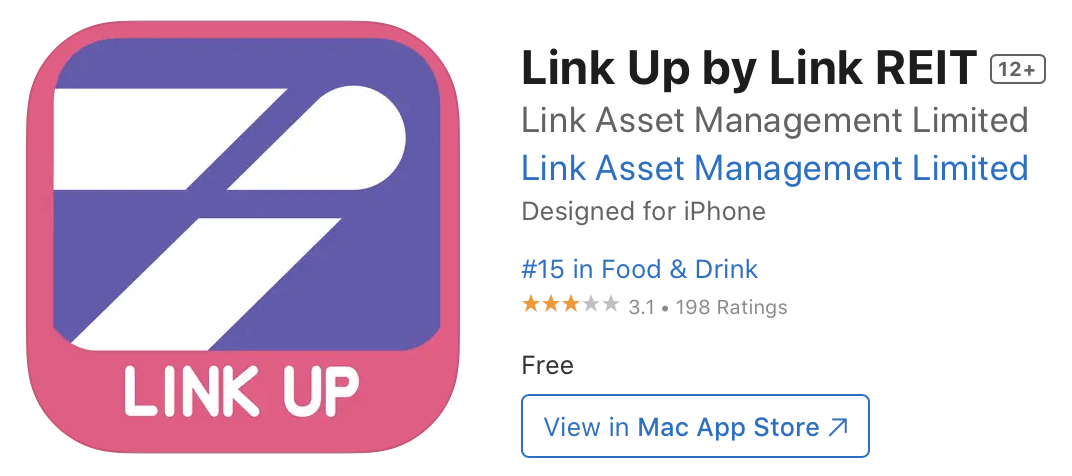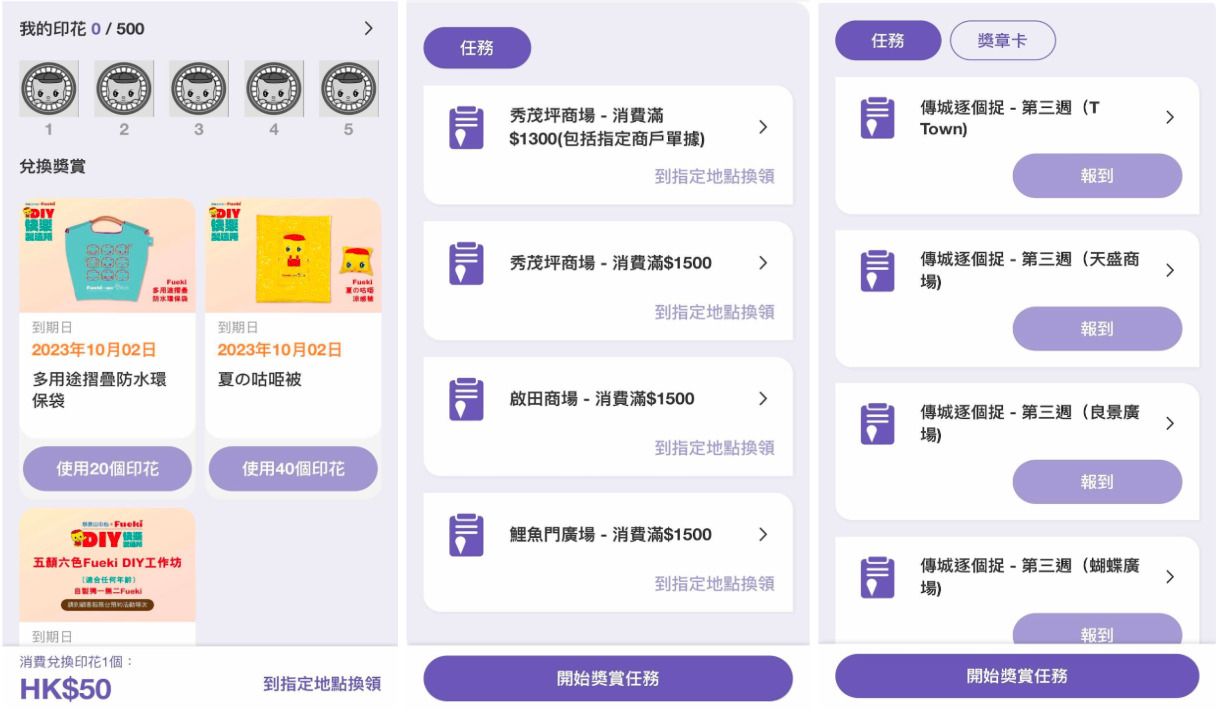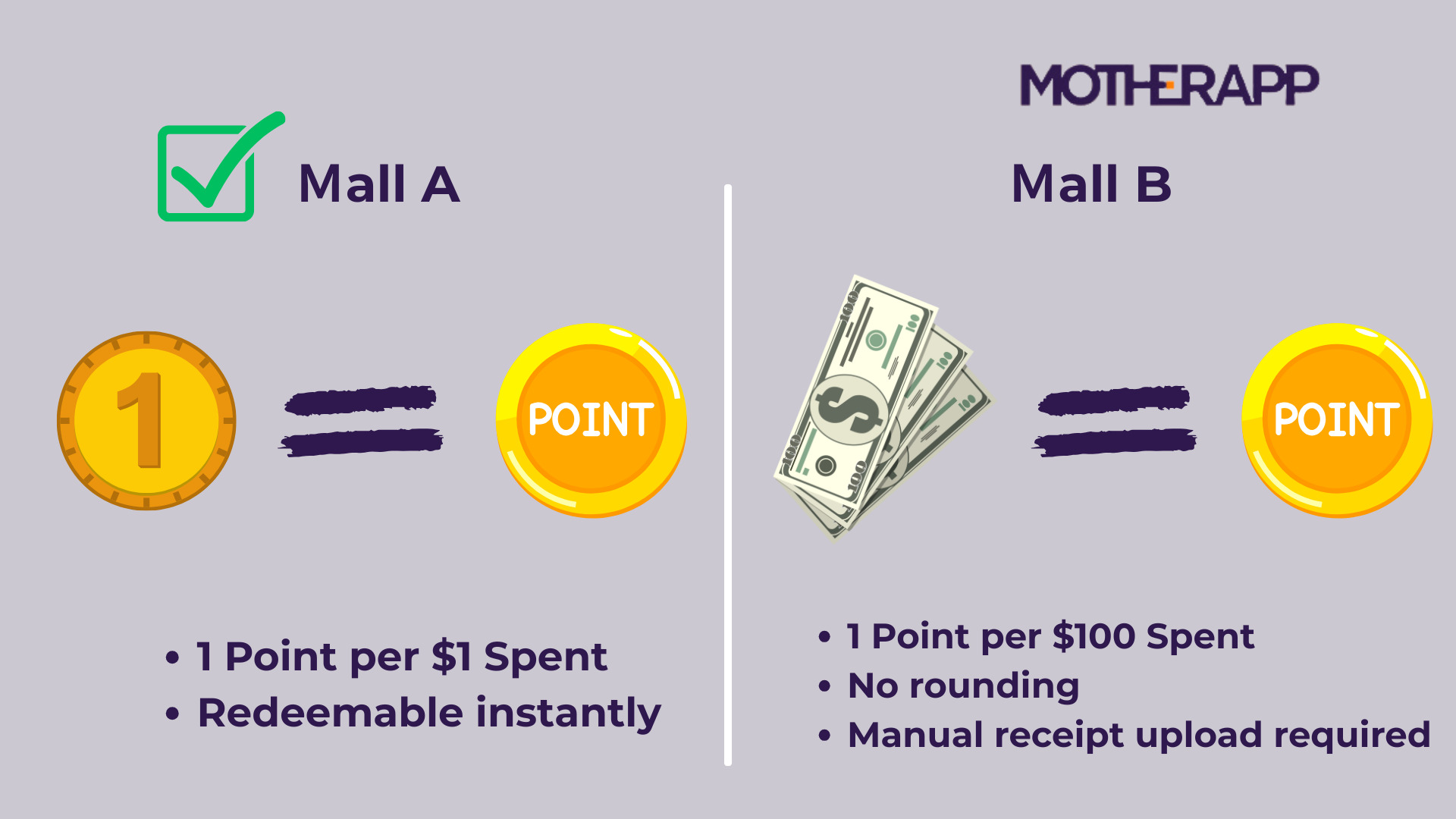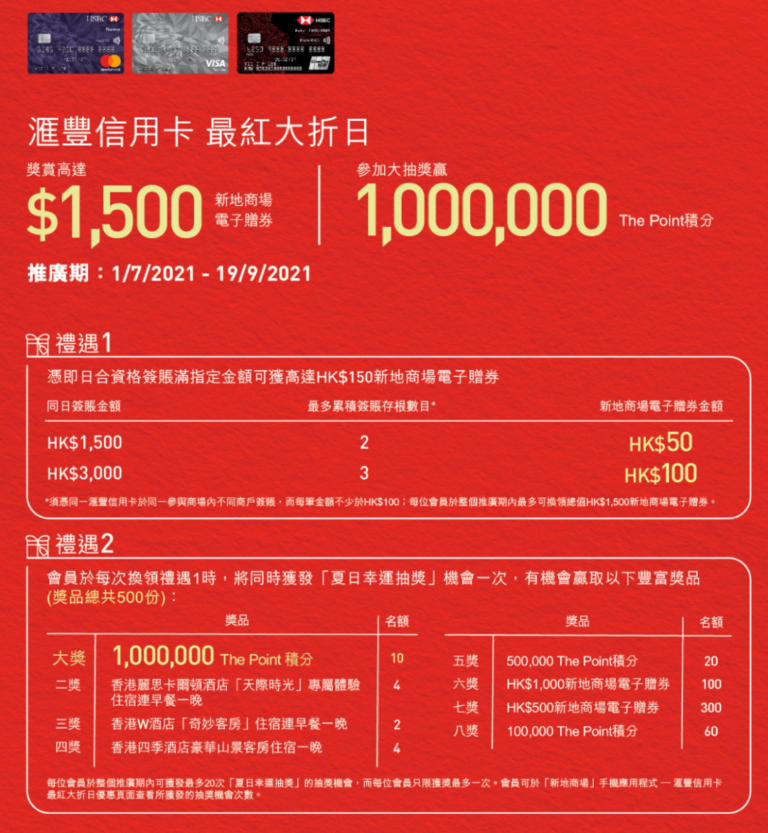This blog explores how loyalty programs—structured marketing tools that offer discounts, points, and exclusive perks—can drive customer retention and long-term value.
We examine key features of successful loyalty programs, customer success cases from brands like Link REIT, kapok, and Nina Club, and best practices for creating a loyalty program that stands out.
The article also explains how moving away from one-off promotions to more connected, data-driven experiences—and collaborating with other brands—can build stronger customer relationships.
Whether you’re a retailer, mall operator, or marketer, this blog offers practical insights for turning occasional shoppers into your loyal customers.
What is a loyalty program?
“Do you have Yuu membership?” You might be asked this question a hundred times while shopping in one of the stores under the Jardine Group.
This is part of loyalty program — a structured marketing strategy designed to reward repeat customers and encourage them to return. These programs usually offer points, discounts, or exclusive perks to members, turning regular purchases into more rewarding experiences.
If you were the merchant, you wouldn’t want your loyalty program to be a one-time gimmick — especially after investing heavily in app design and CRM integration.
So what makes a loyalty program stick with customers? Let’s explore the common traits of the most effective loyalty programs, and see how you can use them to enhance your own.
Types of Loyalty Programs
Traditional loyalty programs often rely on discounts and gifts to attract customers.
On the other hand, today, brands are shifting focus from these kind of short-term promotions to long-term loyalty.
【Read More】Why Run Giveaways Without Immediate ROI?
Goods privileges
Goods privileges is the coupons, discounts, or offers received by the customers after purchasing for a certain amount
Take YOHO as an example. Its loyalty program offers:
- Member-exclusive prices: $100–$300 cheaper than standard prices.
- Point rewards: Members earn 1 point per $1 spent, which can be used for discounts on future purchases.
- Tiered system: Higher spending unlocks better deals, such as birthday gifts and priority access to flash sales.
These incentives not only drive conversions but also encourage repeat purchases.
Service Privileges
Loyalty programs can also provide service upgrades that improve the customer experience:
- HKTVMall: VIP members enjoy lower free-shipping thresholds and a dedicated support hotline.
- Ztore: Diamond members can schedule preferred delivery times.
- Landmark BESPOKE: Offers valet parking, VIP lounge access, private dining, and personalized services.
3 Successful customer loyalty program examples
Link REIT – Building a Loyalty Ecosystem with Smart Retail App
How MotherApp helped Link REIT build a top app for customer loyalty?
Link REIT is Hong Kong’s largest shopping mall operator, managing an extensive network of malls across the city. To deepen customer engagement and boost loyalty, Link REIT launched Link Up App — a one-stop lifestyle platform designed to enhance the shopping experience and connect the community.

Motherapp helped Link REIT develop App to enhance customer experiences both online and offline.
How MotherApp Made It Happen:
1. Delivering a Personalized, User-Friendly Experience
MotherApp crafted a dynamic app interface tailored to users’ profiles—work location, driving status, favorite malls, and more—enabling Link REIT to deliver precise push notifications and relevant content. Features like real-time parking availability and Octopus card integration make visits easier and more convenient.
2. Creating Engaging Multi-Channel Rewards
To encourage continued participation, MotherApp designed diverse reward channels including electronic stamp cards, individual missions, and group activities. This gamified approach helps keep members engaged and motivated to shop more frequently through interactive tasks and reward accumulation.

Features Developed by Motherapp
3. Integrating CRM and Leveraging Customer Data
Powered by Motherapp’s all-in-one system—with built-in CRM, loyalty, and promotion engines—the app enables seamless data collection and analysis. This integration allows Link REIT to gain valuable insights into customer behavior and spending patterns, which supports more effective, data-driven marketing strategies and personalized offers.
4. Providing Convenient Access to Exclusive Offers
Users can easily browse available discounts and promotional activities from merchants within their frequently visited malls. The app supports instant coupon redemption and hassle-free transactions, increasing customer satisfaction and merchant sales.
kapok – Seamless O2O Loyalty Solution
kapok is a Hong Kong-based premium lifestyle brand, offering fashion, beauty, and lifestyle products through multiple stores and an e-commerce platform. Kapok faced challenges in unifying their online and offline memberships, limiting customer engagement and cross-channel traffic flow.
How MotherApp Made It Happen:
1. Unified Membership System Across Channels
MotherApp developed an integrated loyalty app where customers can track purchases and rewards from both e-shop and physical stores under a single membership account. This seamless integration broke down the barriers between online and offline experiences, providing customers with a consistent and convenient loyalty journey.
2. QR Code Member Card for Instant Points Collection
3. Flexible Rewards & Tiered Membership Program
【Clicks】Read the Full Success Case Why integrating Online and Offline is key to Loyalty Success?
Nina Club – Smart Customer Loyalty App for a Destination Mall
【Clicks】Read the Full Case Study
Chinachem aimed to position Nina Mall as a go-to lifestyle and shopping destination in Tsuen Wan, taking advantage of its strong location, MTR access, and footbridge network.
To build up customer loyalty and prepare for Phase 2 expansion, they partnered with MotherApp to launch a smart, user-friendly loyalty app.
How MotherApp Made It Happen:
1. Data-Driven UI for Maximum Engagement
2. Real-Time Features That Add Value
3. Fully Digitized Loyalty Workflow
Implementing a loyalty program for your business
Loyalty is no longer just about points and rewards—it’s about creating consistent, connected experiences that keep your customers coming back. In today’s competitive retail landscape, an OMO (Online-Merge-Offline) loyalty strategy is key to building stronger relationships and increasing lifetime value.
At MotherApp, we help businesses implement loyalty programs that seamlessly connect online and offline customer journeys. Whether it’s in-store purchases, mobile interactions, or digital campaigns, we design integrated loyalty experiences that feel natural and rewarding for your customers.
With over a decade of experience in retail app development, we offer more than just technical support—we bring deep domain knowledge to guide you in program design, customer engagement strategies, and backend integration. From concept to execution, we help you launch loyalty programs that are scalable, data-driven, and built for long-term success.
Ready to enhance your loyalty program? Schedule a free consultation today.
Loyalty program best practices
1. Easy to Earn and Easy to Burn
Simplicity is key to an effective loyalty program. Customers should be able to earn and redeem points easily, without complex rules or extra steps.
Consider two malls:

Mall A has a simpler loyalty program
Most customers will choose Mall A. A simple system encourages ongoing use.
Redemption should also feel achievable. Modern programs offer quick wins like “Stamp 4, Get 1 Free” (e.g. Yuu, OK Stamp It, AlipayHK, Foodpanda) and use digital stamps for added convenience.
Other flexible features include point sharing, small rewards like free parking, and partial redemptions using points and cash.
A successful program is easy to use, rewarding, and keeps customers engaged.
2. Collaboration and Synergy
Strong loyalty programs go beyond single-brand rewards. By collaborating with other loyalty programs, credit cards, and banking partners, businesses can boost customer value, expand reach, and increase brand exposure.
There are three common types of loyalty collaboration:
1. Loyalty Program x Loyalty ProgramCustomers can earn and use points in two different loyalty programs. For example, KMB and The Point teamed up so members can earn The Point rewards when riding KMB buses. Shell also partners with The Point, Asia Miles, and HKT The Club, letting members combine points and redeem rewards more easily.

2. Points Redeemable Across Multiple BrandsLoyalty points can be used across multiple brands instead of just one. For instance, Yuu members can redeem points for rewards from many Jardine Group brands. The Point members can use points for staycations, dining, or mooncakes from Sun Hung Kai’s brands, giving more choices and attractive rewards.

3. Partnering with Credit Cards & Banks: Merchants offer discounts or extra points for certain credit card users. For example, HSBC cardholders get discounts and triple points at Cartex gas stations. The Point also offers special HSBC credit card discount days, attracting cardholders to shop more often. This helps malls bring in new customers linked to those cards.

Do Things Differently With Your Loyalty Program
Research shows that acquiring a new customer costs 5 to 25 times more than keeping an existing one. Increasing retention by just 5% can boost profits by 25–95%.
Loyalty programs are key to growing profits through repeat customers and higher spend.
But success isn’t just about a slick app—it’s about understanding how retail customers engage, what motivates them, and connecting online and offline experiences.
1. Keep Customers Coming Back
Most apps get deleted quickly—EMARKETER reports 57% delete after only 1–2 uses. MotherApp’s experience helps create loyalty programs that truly engage and keep users returning.
2. Know Your Customers
Creating a successful loyalty program requires more than just technology—it demands an in-depth understanding of what drives customer decisions and how buying behaviors evolve. MotherApp’s team applies behavioral insights and data analytics to tailor reward systems that resonate with your target customers, increasing both satisfaction and sales.
3. Connect All Channels
A great loyalty program integrates all customer touchpoints across online and offline.
MotherApp has extensive expertise in connecting apps with in-store promotions, CRM systems, and marketing campaigns to deliver a unified brand experience that reinforces loyalty at every stage of the customer journey.

